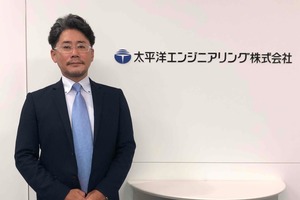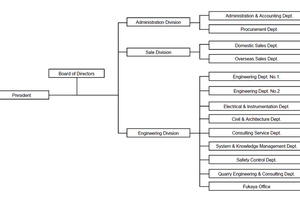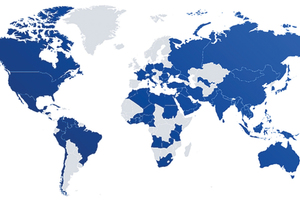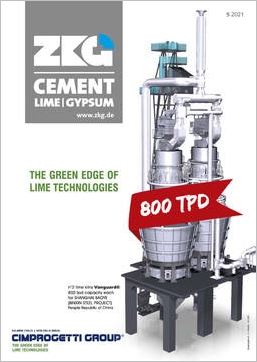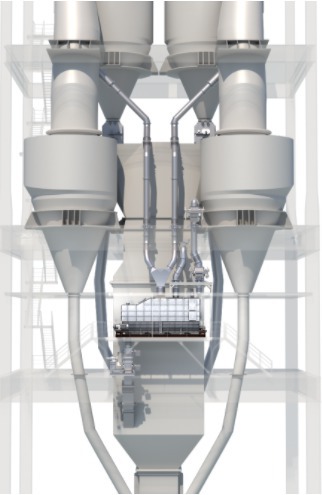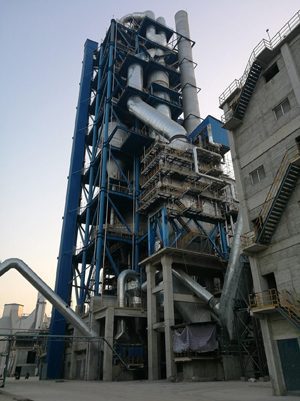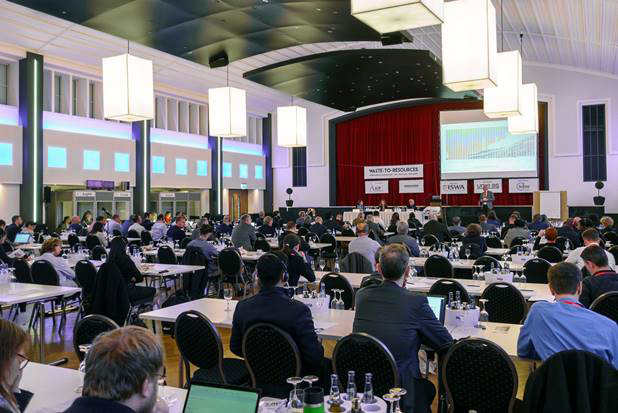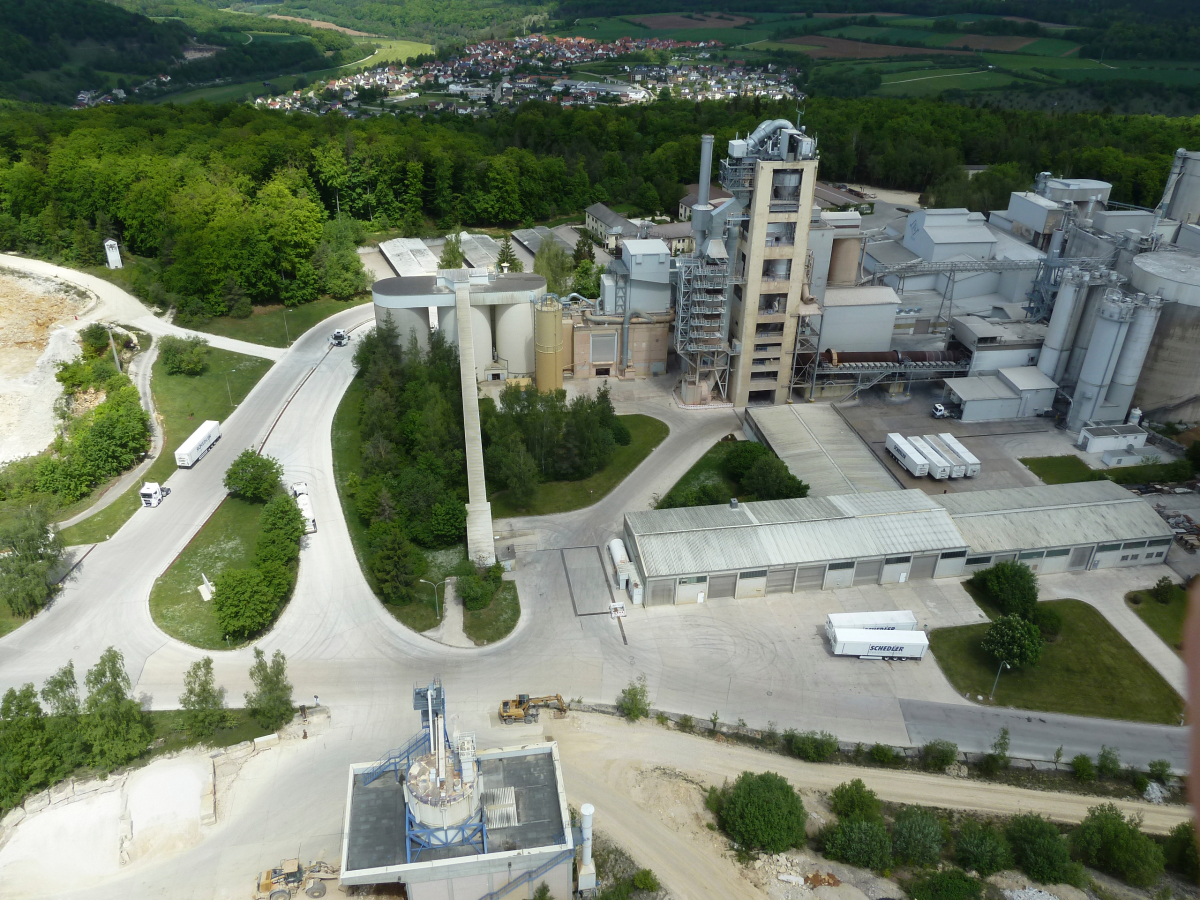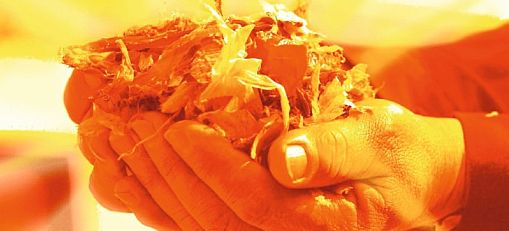Current challenges and future developments
Daijiro Suzuki explained to the Editor-in-Chief of ZKG Cement Lime Gypsum, Dr Petra Strunk, what Taiheiyo Engineering specializes in, which business areas have been developed in a particularly forward-looking manner, what influence the global Corona crisis has had on the company and what future developments in the cement industry might look like.
How has the order situation developed in recent years – in terms of global economic development, but also regarding to the restrictions imposed by the Corona pandemic?
Regarding our overseas business, there is recently a growing trend in our customers to aim (or shift or prioritize) energy saving, environment protection and waste recycling, from production capacity expansion in Asia. In particular, many cement plants in China and South-Korea have been accelerating waste recycling as Alternative Fuels and Raw materials (AFR) utilization. To avoid unstable operation due to the waste recycling, we have been supplying our Taiheiyo Chlorine Bypass System. Also, in such countries, the limitation of NOx emissions from cement plants is getting stricter. To keep the limitation and reduce De-NOx agent cost, we have been supplying our Taiheiyo Two-Stage Combustion System and trying to develop waste plastics gasification for De-NOx with the Taiheiyo Thermal Reactor.
However, due to the Corona pandemic, we have faced more difficulties/limitations to dispatch our engineers to our customers for site survey and/or proposal preparation, making contracts, project implementation. We have gradually but steadily overcome such serious circumstances by remote project implementation and Web-meeting.
Would you tell us some facts about the corporate philosophy?
We provide first-class engineering services and technologies to achieve optimum energy-efficiency and protect our planet. By creating the most advanced and innovative technologies and providing complete and reliable services we enable our clients to meet the ever changing demands of today.
Which projects could be realized during recent years?
Regarding our overseas business, we implemented many Taiheiyo Chlorine Bypass projects in South Korea, a Taiheiyo Chlorine Bypass project and a sewage sludge utilization project (with Taiheiyo Thermal Reactor) in China. In the Philippines, we implemented some projects for a cement plant of Taiheiyo Cement Corporation.
What innovations or further developments have there been in the cement sector?
As I mentioned above, we have developed the “Taiheiyo Thermal Reactor”, which utilizes high temperature hot meal for drying and heating. The Taiheiyo Thermal Reactor has already been used for sewage sludge utilization and it is now under demonstration test for waste plastics gasification for De-NOx. Also, we have some other ideas to utilize the Taiheiyo Thermal Reactor in cement plants. We believe that the Taiheiyo Thermal Reactor has various possibilities of utilization in cement plants.
What are the current strategies, what is the focus?
We have a lot of experiences of waste recycling in cement plants. However, we are not an equipment supplier for waste feeding/handling. Instead of that, we have a lot of know-how and knowledge on how to utilize the wastes in cement plants and technologies to avoid unstable operation due to the waste recycling, such as the “Taiheiyo Chlorine Bypass System”. Also, as I mentioned above, we have developed the “Taiheiyo Thermal Reactor”. We believe our know-how, knowledge and technologies for waste recycling are our main business and helpful for our customers from now on.
What new projects are planned? What product innovations will there be next year?
We are now conducting a demonstration test of “Taiheiyo Thermal Reactor – Waste plastics gasification and De-NOx” in South Korea. This technology will be put to practical use soon.
What are currently exciting topics in the field of sustainability in the cement industry – in which thematic environment can Taiheiyo Engineering Corporation contribute?
Through promotion of waste recycling and energy saving in the cement industry, we can contribute to prevent environmental pollution and reduce fossil fuel utilization. Also, Taiheiyo Cement group has been trying to develop CO2 capture technology. In the future, we will be able to supply the technology to our customers.
In which international regions is Taiheiyo Engineering Corporation active, what are particularly exciting projects/challenges there?
We have been participating active in a lot of projects in Japan as well as the world. Recently, we have been focusing on countries in Asia. Because in these countries, energy saving, environmental protection and waste recycling have been accelerating in the cement industry and we have many business chances there.
As I mention above, we are now conducting the demonstration test with our customer in South Korea to develop “Taiheiyo Thermal Reactor – Waste plastics gasification and De-NOx”. Once the demonstration test completes successfully, we will launch the sales promotion.
Also, we are looking for partners on license business to expand our technologies, know-how and techniques.
How do you see the future development in the cement industry?
Cement will still be a main building material in the future, for infrastructure in developing countries and rebuilding in developed countries. Recently, many cement plants try to improve productivity (low energy consumption) and utilize more wastes as AFRs for reducing consumption of natural resources. However, cement manufacturing still emits a lot of CO2 from burning fossil fuels and decarbonating limestone. For further and sustainable development of the cement industry, it is essentially required to reduce CO2 emission from cement manufacturing by not only further improving productivity and utilizing more wastes, but also developing innovative carbon neutral technology.
Taiheiyo Cement, our parent company has been trying to develop the innovative carbon neutral technology for cement manufacturing. We have also been tackling the development in cooperation with Taiheiyo Cement, and doing our best for global environmental protection and sustainable development of the cement industry. It is our obligation and social responsibility.

